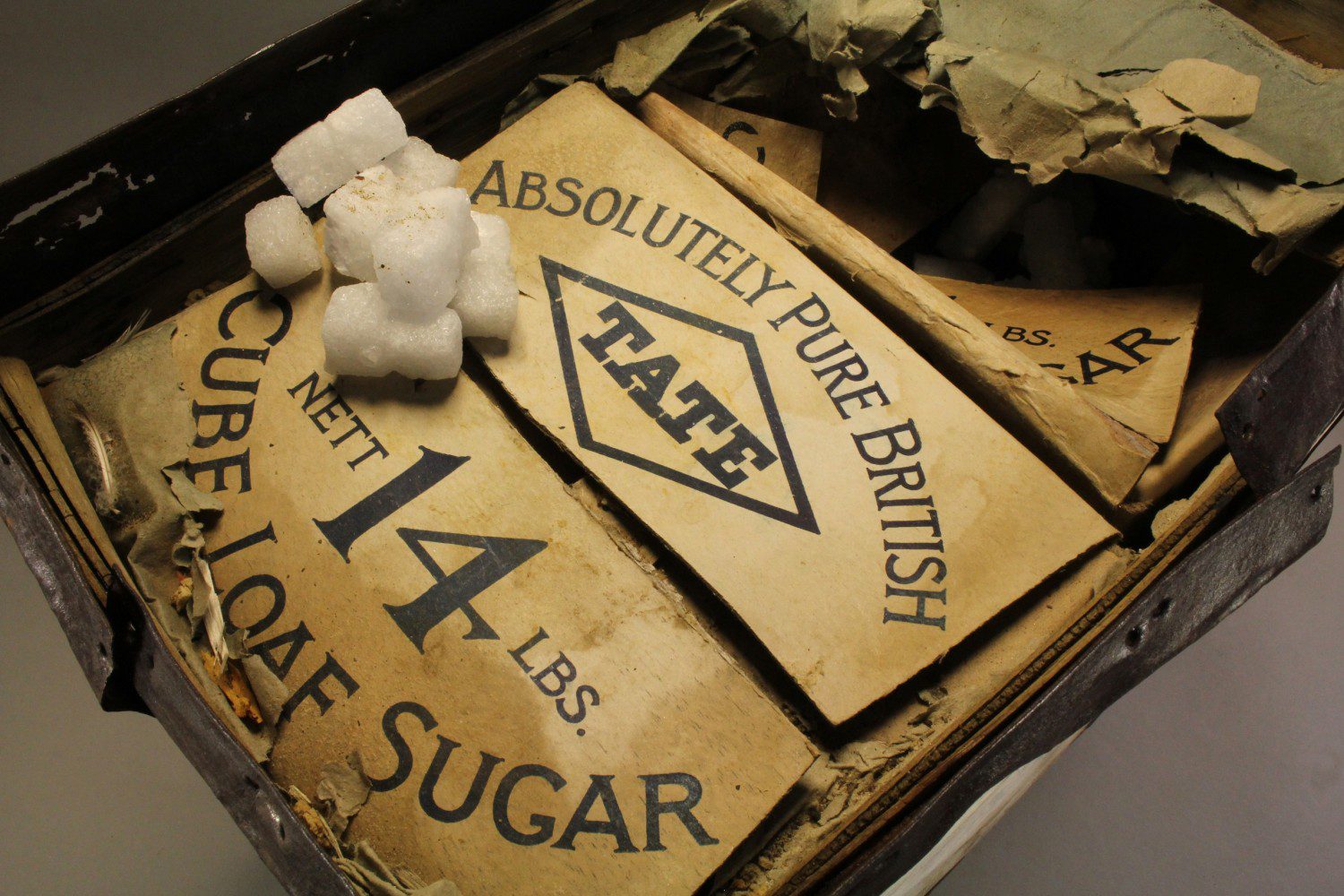Carbs, fatty protein, sugar, fat, a bit more sugar – sound like a recipe for happiness or hospitalisation? The diet of the sledging man in the early 1900’s revolved around a pretty limited menu. Here’s what Campbell’s Northern Party were eating in 1911:
| Food | Oz/per person per day | grams |
| Biscuit | 17 | 482 |
| Pemmican | 8 | 227 |
| Chocolate | 3.14 | 89 |
| Sugar | 2.16 | 61 |
| Cheese | 1.5 | 43 |
| Raisins | 1.5 | 43 |
| Cocoa | 0.7 | 19.9 |
 Antarctic Heritage Trust
Antarctic Heritage Trust Heritage carpenter Martin conserves a sledge box
That’s only around 960g of food per day. Per day! When you are hauling your share of an 1163lb (1/2 a tonne, or 528kg) sled for at least eight hours a day. To put it another way, your breakfast and lunch and dinner combined is an 8oz wodge of meat with a 25% fat to meat ratio; a couple of chunky sized Cadbury’s chocolate bars, a couple of packets of crackers, a quarter cup of sugar and one of those small boxes of raisins you used to pack in your school lunchbox. Breakfast, lunch and dinner, every day, over and over again.
 Antarctic Heritage Trust
Antarctic Heritage Trust Sugar was a particular treat on the Ice in the early 1900’s
Sugar was a highly prized commodity, and it was served out in lumps. For a special treat on your birthday, you might get an extra six lumps of sugar and another serving of chocolate. In the AHT conservation lab this week we have been working on some worn and weathered boxes of Tate sugar, and wondering if they ate the six lumps in one go or saved them up for a morale booster during the long hours of sledging. We know what we’d do, how about you?






